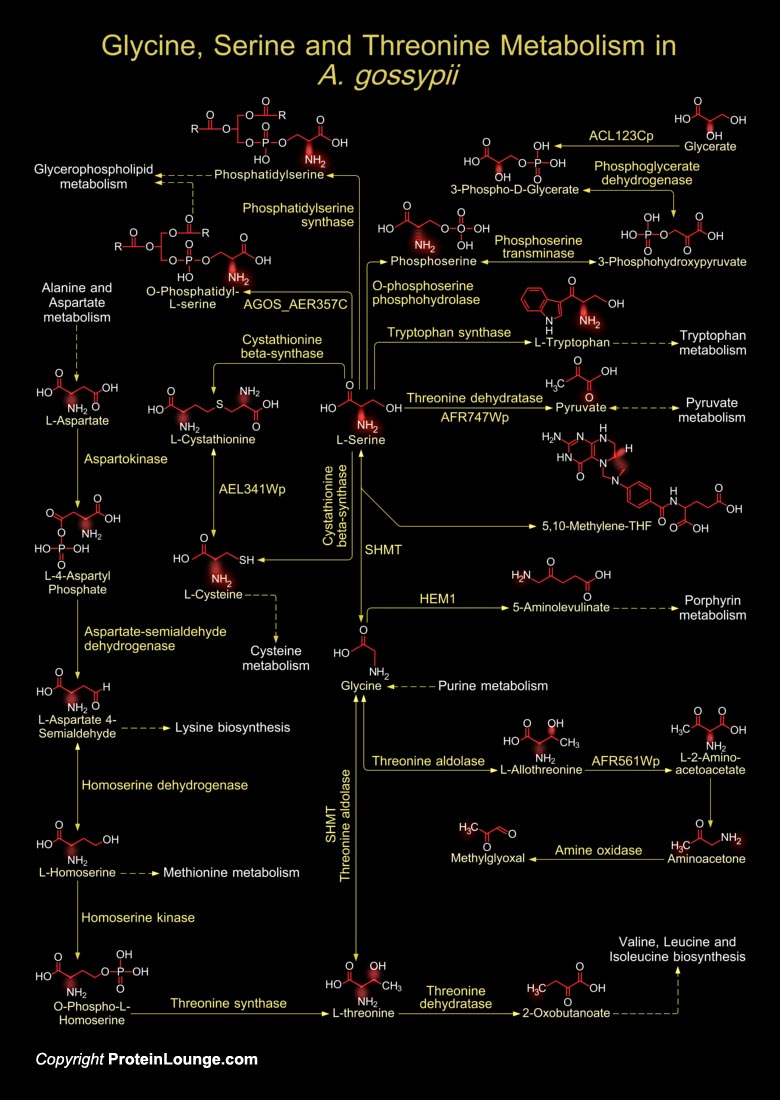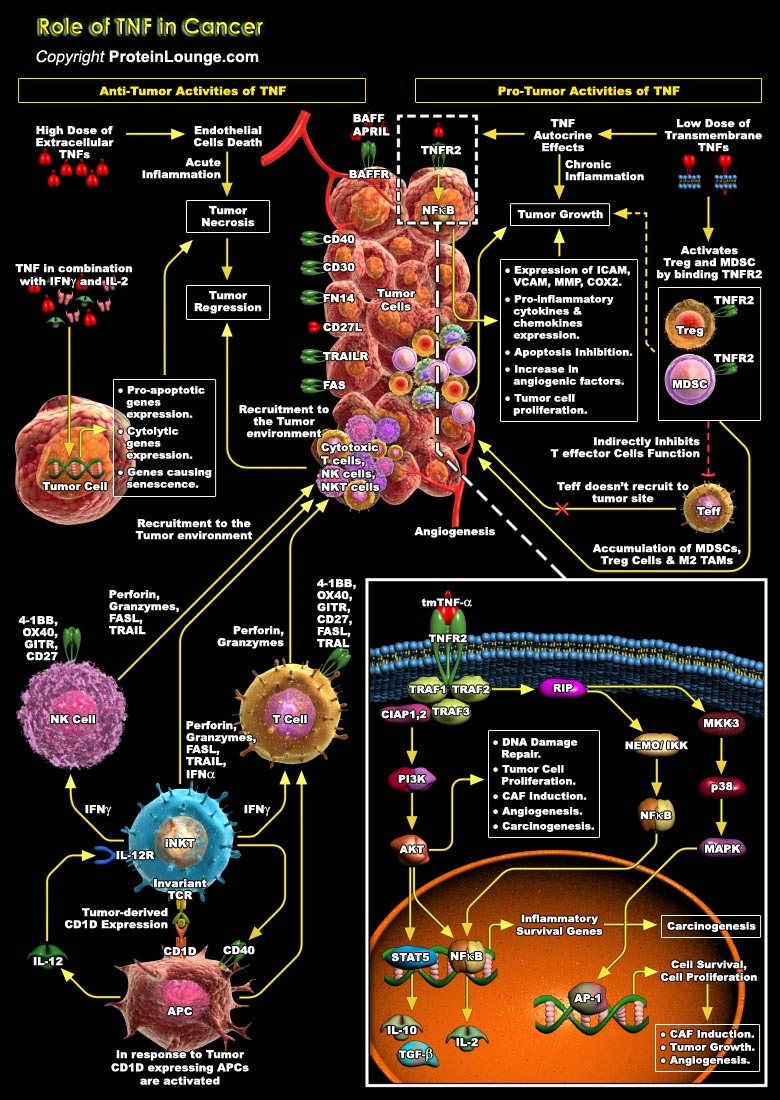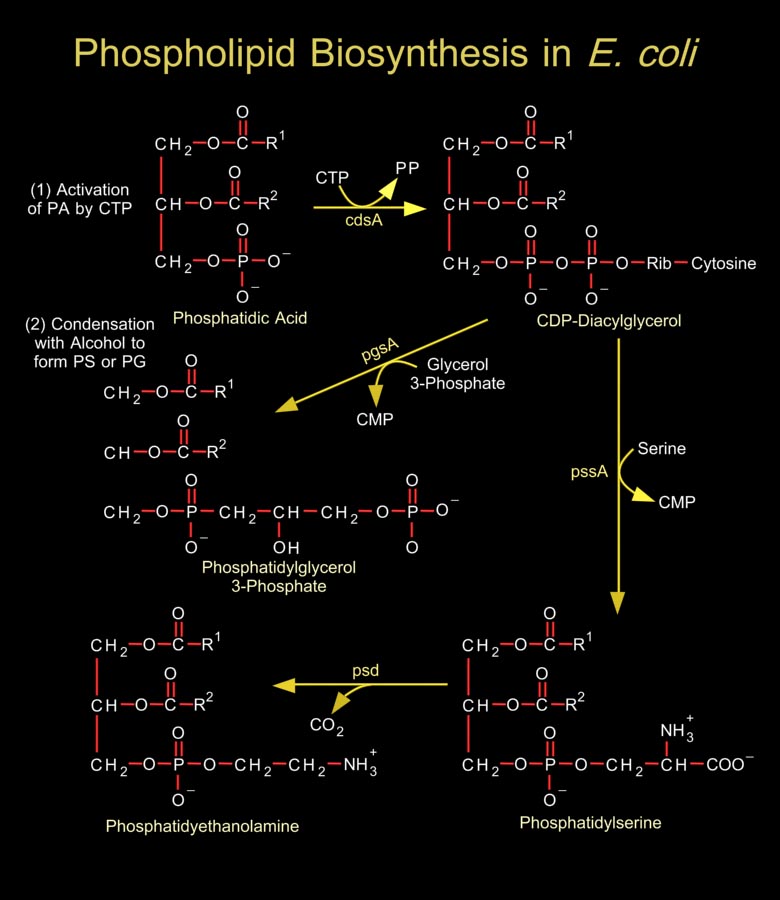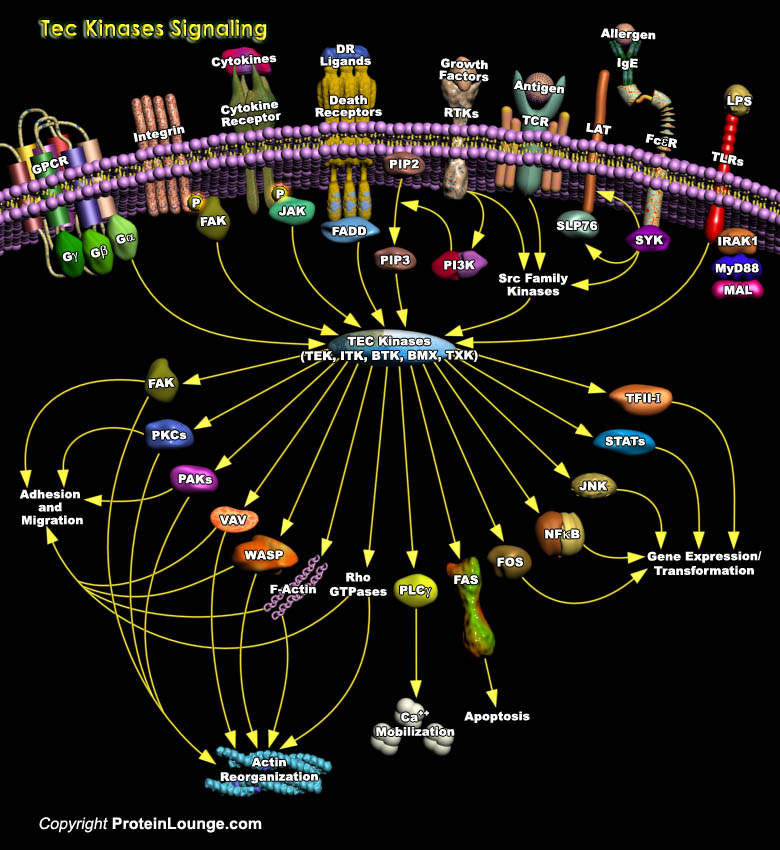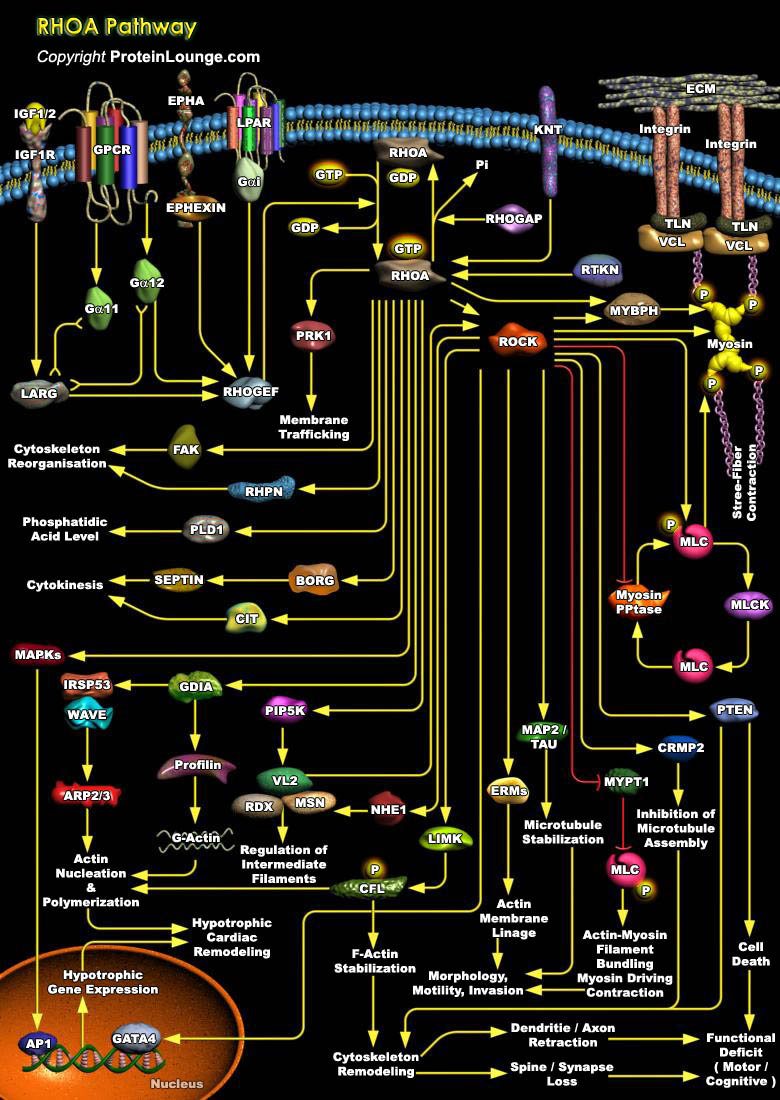Featured Pathways

Prochlorococcus is a unicellular cyanobacterium that dominates the temperate and tropical oceans. It lacks phycobilisomes that are characteristic of cyanobacteria, and contains chlorophyll b as its major accessory pigment. This enables it to absorb blue light efficiently at the low-light intensities and blue wavelengths characteristic of the deep euphotic zone. It contributes 30-80%[..]
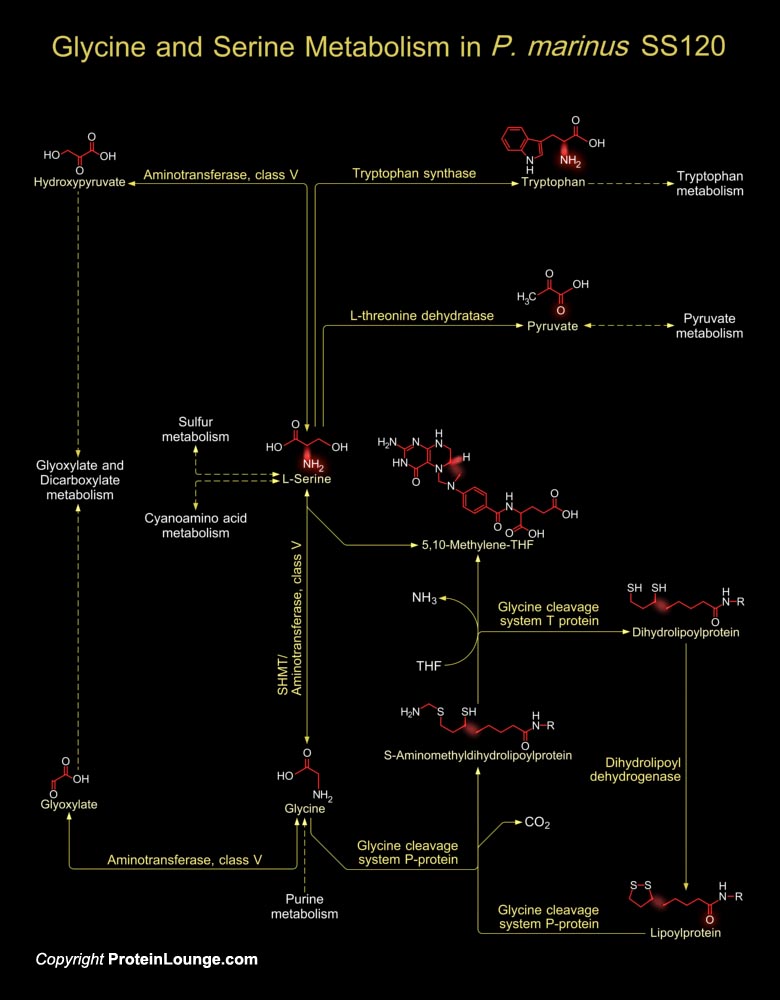
The marine unicellular Cyanobacterium Prochlorococcus is the smallest-known oxygen-evolving autotroph. Prochlorococcus marinus, the dominant photosynthetic organism in the ocean, is found in two main ecological forms: high-light-adapted genotypes in the upper part of the water column and low-light-adapted genotypes at the bottom of the illuminated layer. P. marinus[..]
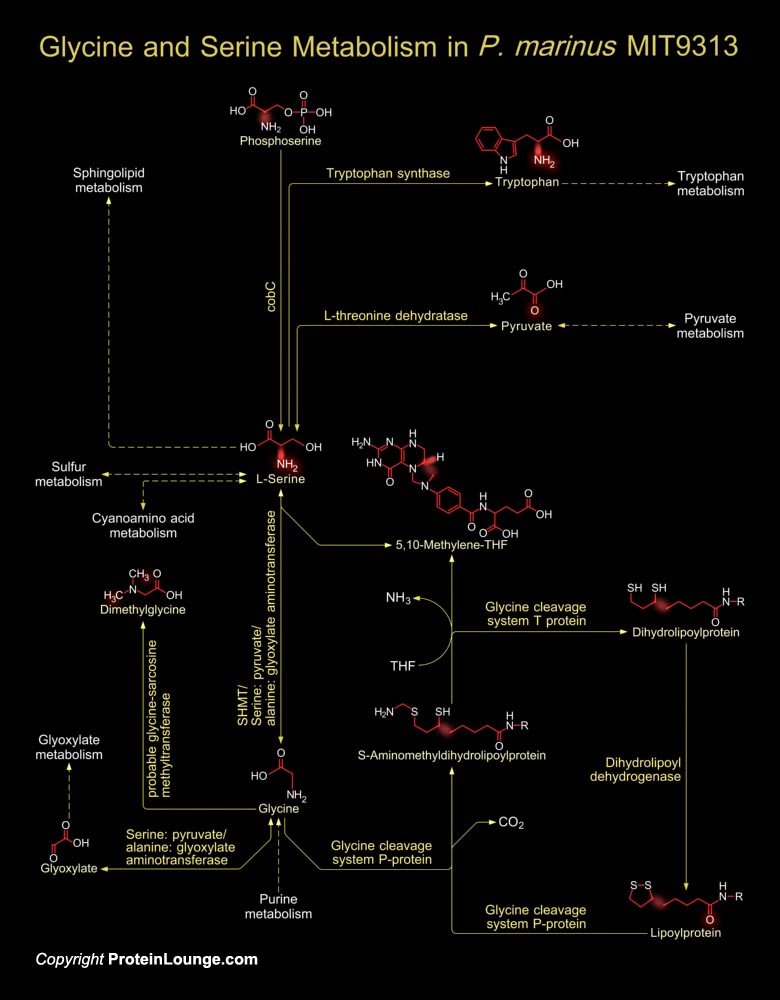
The marine unicellular Cyanobacterium Prochlorococcus is the smallest-known oxygen-evolving autotroph. It numerically dominates the phytoplankton in the tropical and subtropical oceans, and is responsible for a significant fraction of global photosynthesis. Prochlorococcus marinus lacks phycobilisomes that are characteristic of Cyanobacteria, and contains Chlorophyll[..]
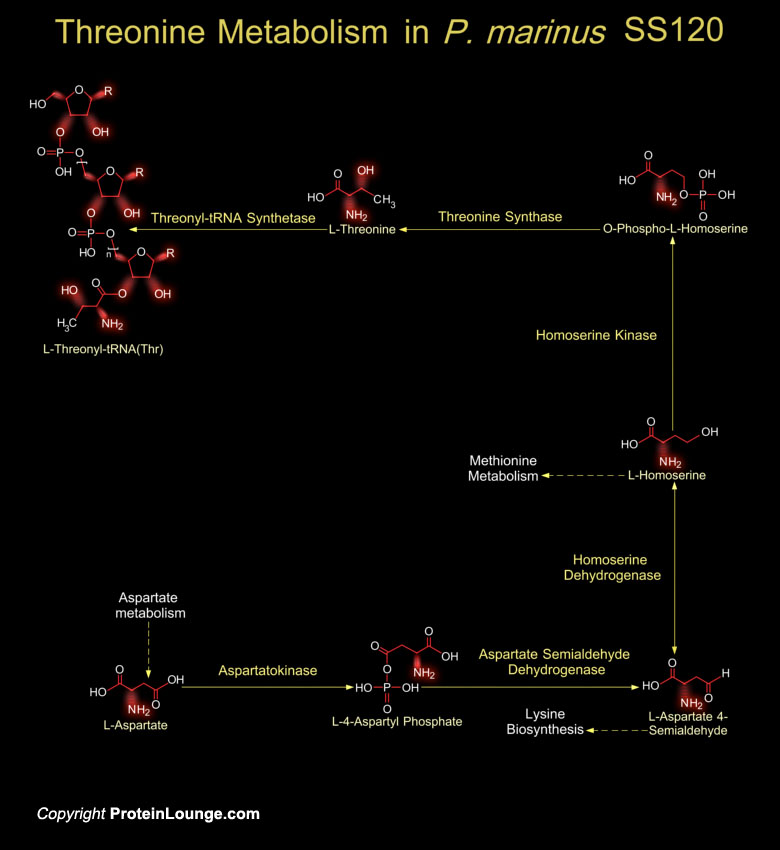
The marine unicellular Cyanobacterium Prochlorococcus is the smallest-known oxygen-evolving autotroph. Prochlorococcus marinus, the dominant photosynthetic organism in the ocean, is found in two main ecological forms: high-light-adapted genotypes in the upper part of the water column and low-light-adapted genotypes at the bottom of the illuminated layer. P. marinus[..]
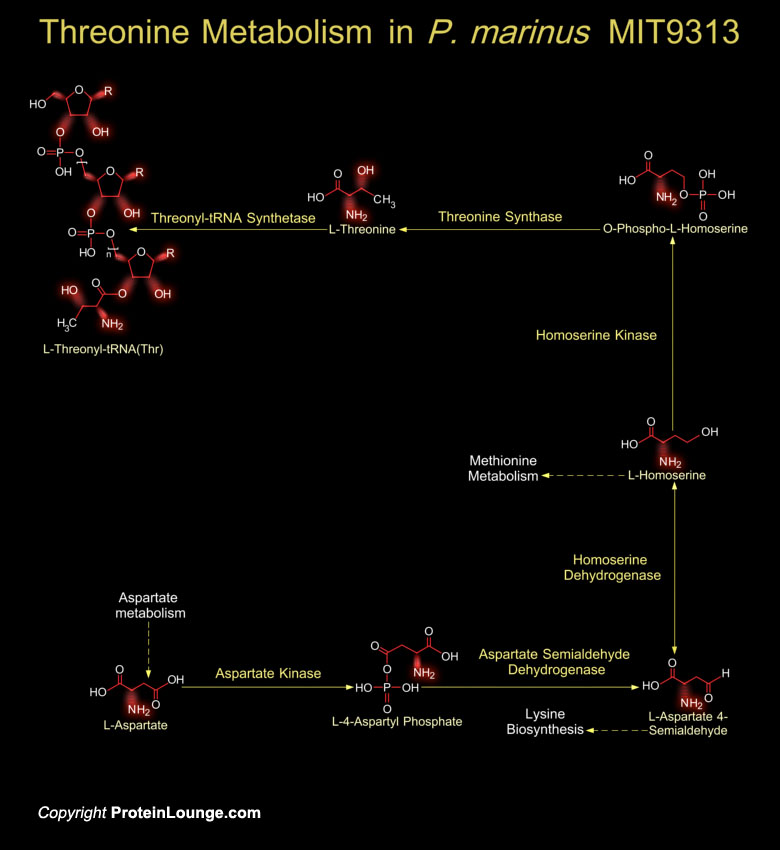
The marine unicellular cyanobacterium Prochlorococcus is the smallest-known oxygen-evolving autotroph. It numerically dominates the phytoplankton in the tropical and subtropical oceans, and is responsible for a significant fraction of global photosynthesis. Prochlorococcus marinus lacks phycobilisomes that are characteristic of cyanobacteria, and contains chlorophyll b as its[..]
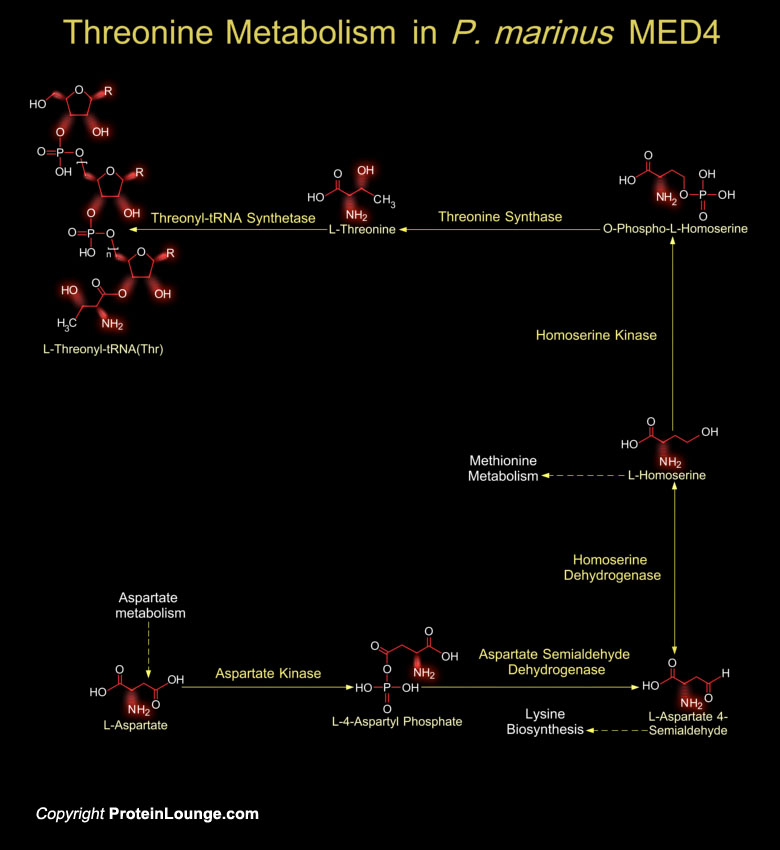
Prochlorococcus is a unicellular cyanobacterium that dominates the temperate and tropical oceans. It lacks phycobilisomes that are characteristic of cyanobacteria, and contains chlorophyll b as its major accessory pigment. This enables it to absorb blue light efficiently at the low-light intensities and blue wavelengths characteristic of the deep euphotic zone. It contributes 30-80%[..]
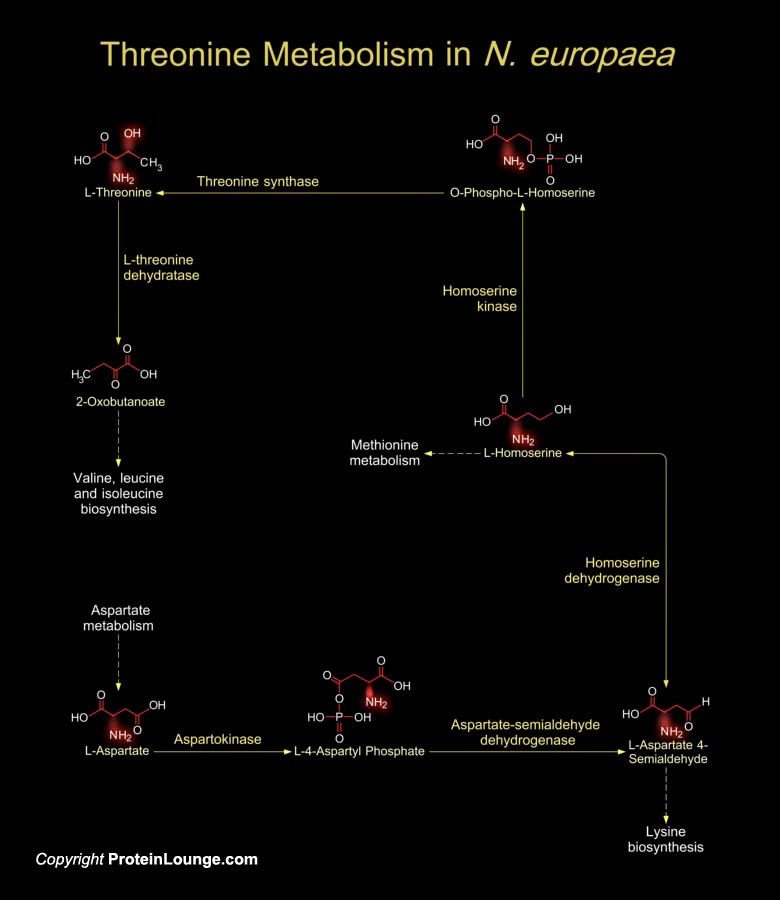
Nitrosomonas europaea is a gram-negative obligate chemolithoautotroph that can derive all its energy and reductant for growth from the oxidation of ammonia to nitrite. Nitrosomonas europaea participates in the biogeochemical N cycle in the process of nitrification. It lives in several places such as soil, sewage, freshwater, the walls of buildings and on the surface of[..]
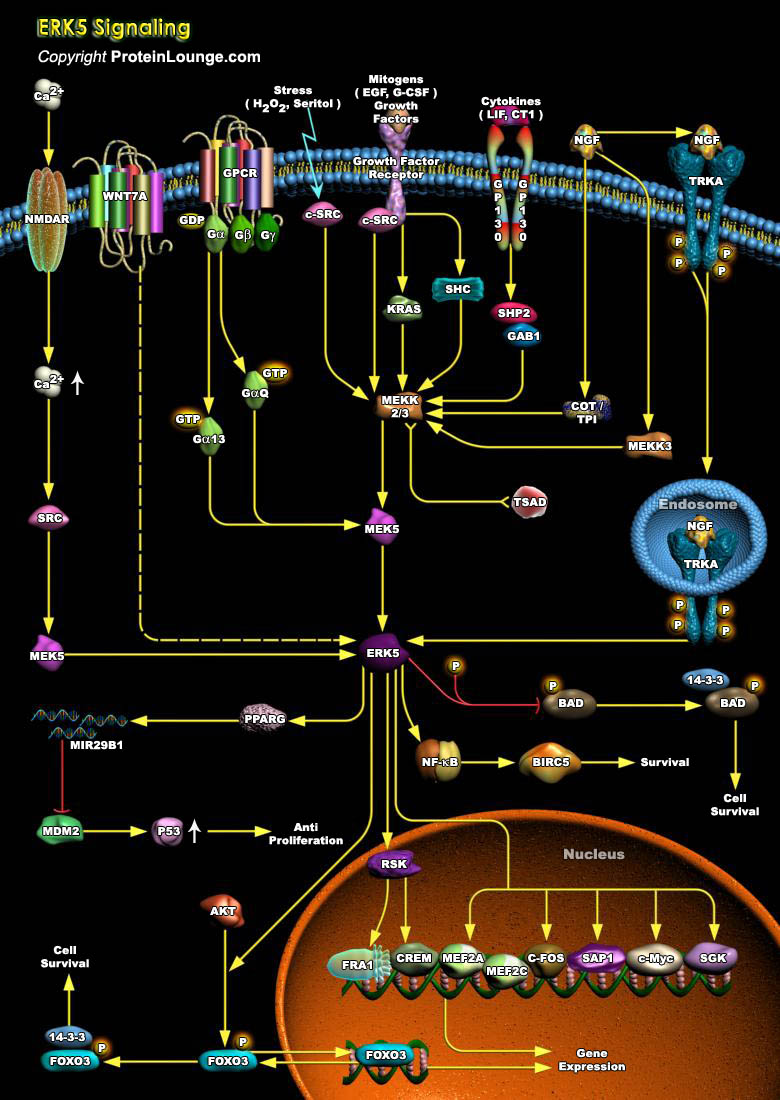
ERK5 (also known as the BMK1 (Big MAP Kinase-1)) is an atypical MAPK that can be activated in vivo by a variety of stimuli, including Serum, Growth factors including EGF (Epidermal Growth Factor), NGF (Nerve Growth Factor) and BDNF (Brain-Derived Neurotrophic Factor), GPCRs (G-Protein Coupled Receptors), Lysophosphatidic Acid, Neurotrophins and Phorbol ester and some Cellular stress such as[..]
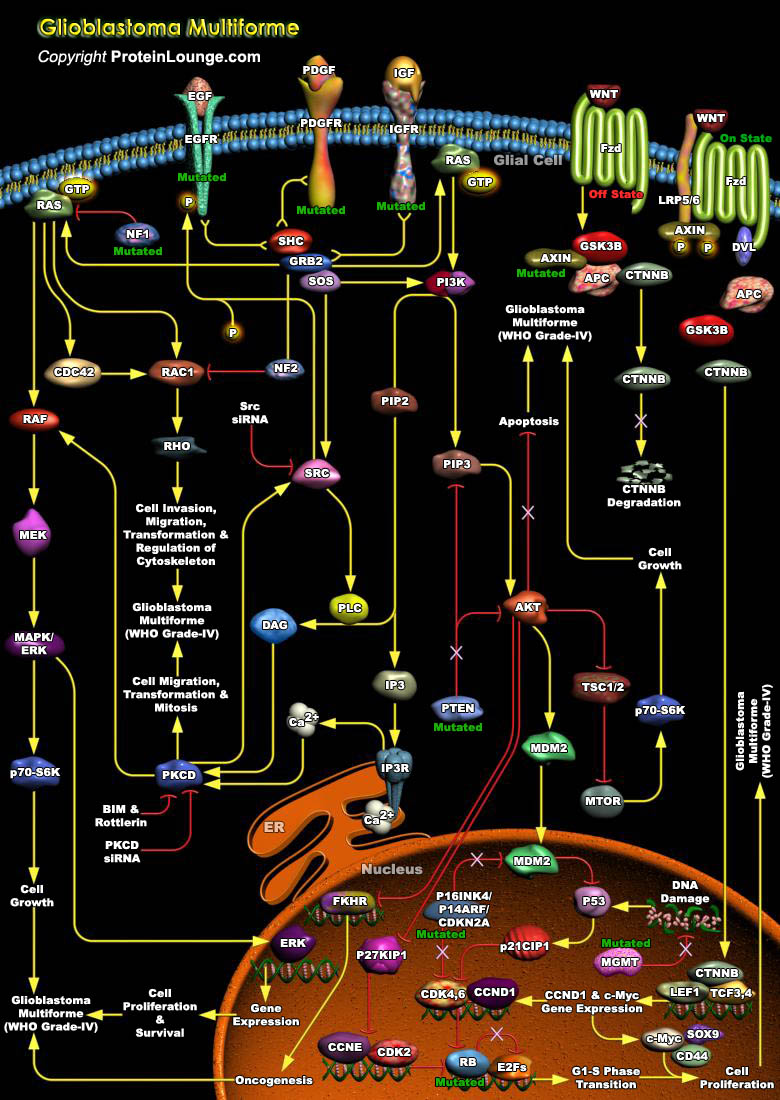
Glioblastoma Multiforme (GBM) is biologically aggressive neoplasms which have an elevated, often aberrant, proliferative capacity with a diffuse pattern of brain invasion. It is the most malignant Astrocytic tumor, composed of poorly differentiated neoplastic astrocytes. The World Health Organization (WHO) grading system classifies Gliomas into Grades I-IV based on the degree of malignancy, as[..]
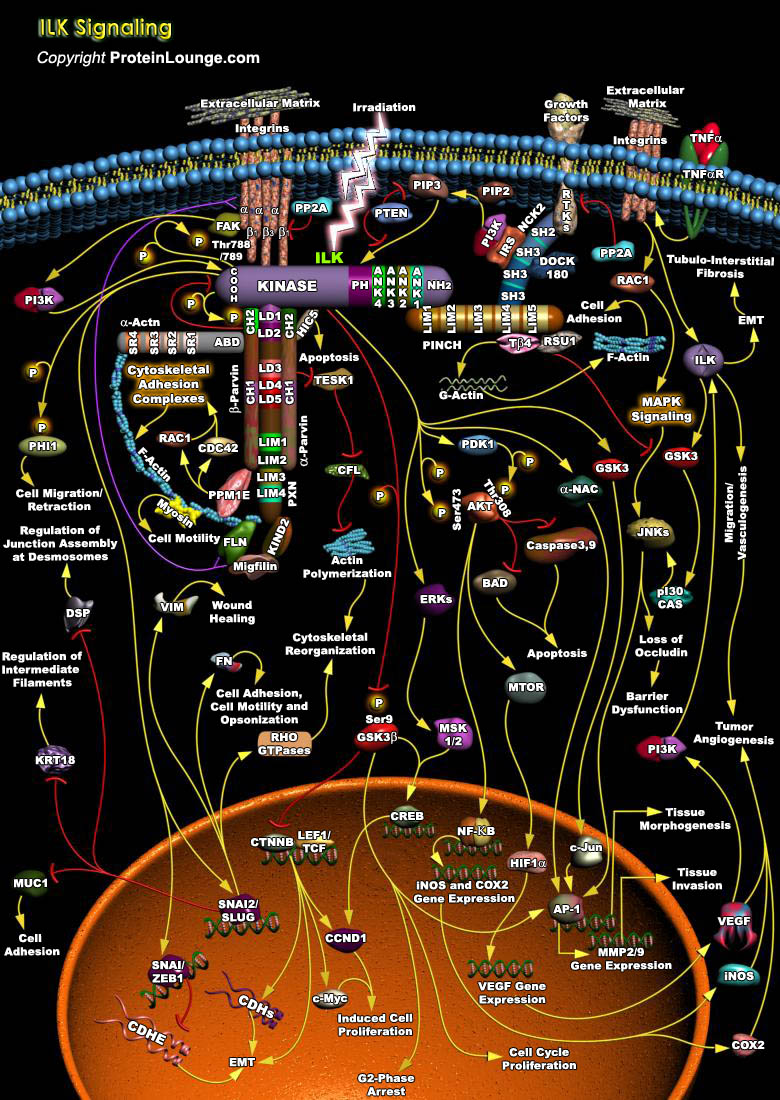
ILK(Integrin-linked kinase) is a key scaffold protein that localizes to focal adhesions, acts as a central component of a heterotrimer (the ILK–PINCH–parvin complex). Since its discovery, ILK has been demonstrated to have an essential role in connecting the cytoplasmic tail of β subunits of integrins to the actin cytoskeleton, and in regulating actin polymerization. Within[..]
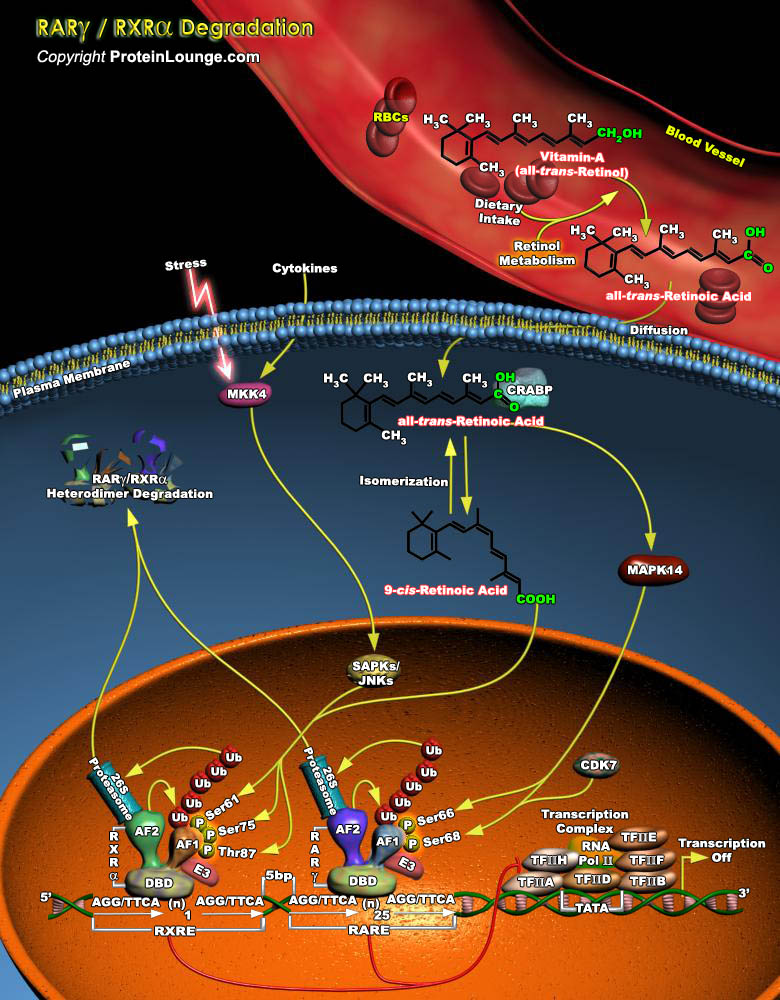
In response to Retinoic Acid (a metabolite of Vitamin-A (all-trans-Retinol), which affects gene transcription), target genes are regulated by two families of nuclear receptors, the RARs (Retinoic Acid Receptors) and the RXRs (Retinoid X Receptors) that bind as RAR/RXR heterodimers to response elements located in their promoters. The[..]
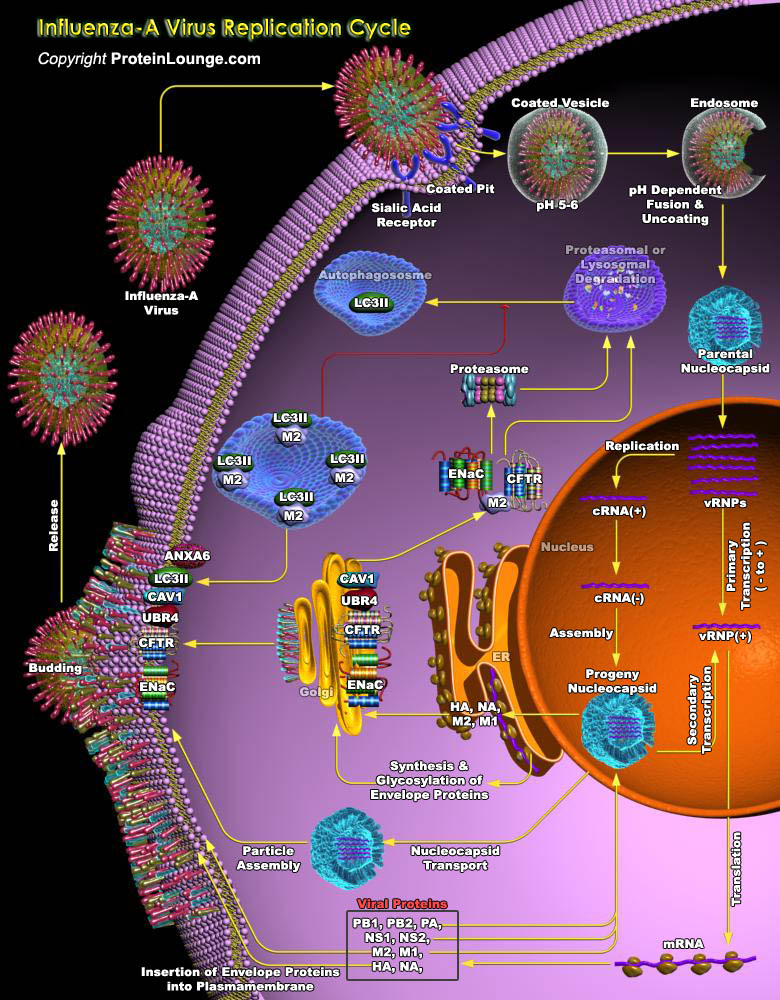
Influenza (mostly referred to as “flu”) is a contagious viral infection caused primarily by the influenza virus A or B. It affects mainly the upper respiratory organs (i.e., the nose, throat, bronchi, and infrequently, lungs) but other organs such as the heart, brain, and muscles can be involved. It occurs worldwide and causes considerable morbidity and mortality with pandemic,[..]


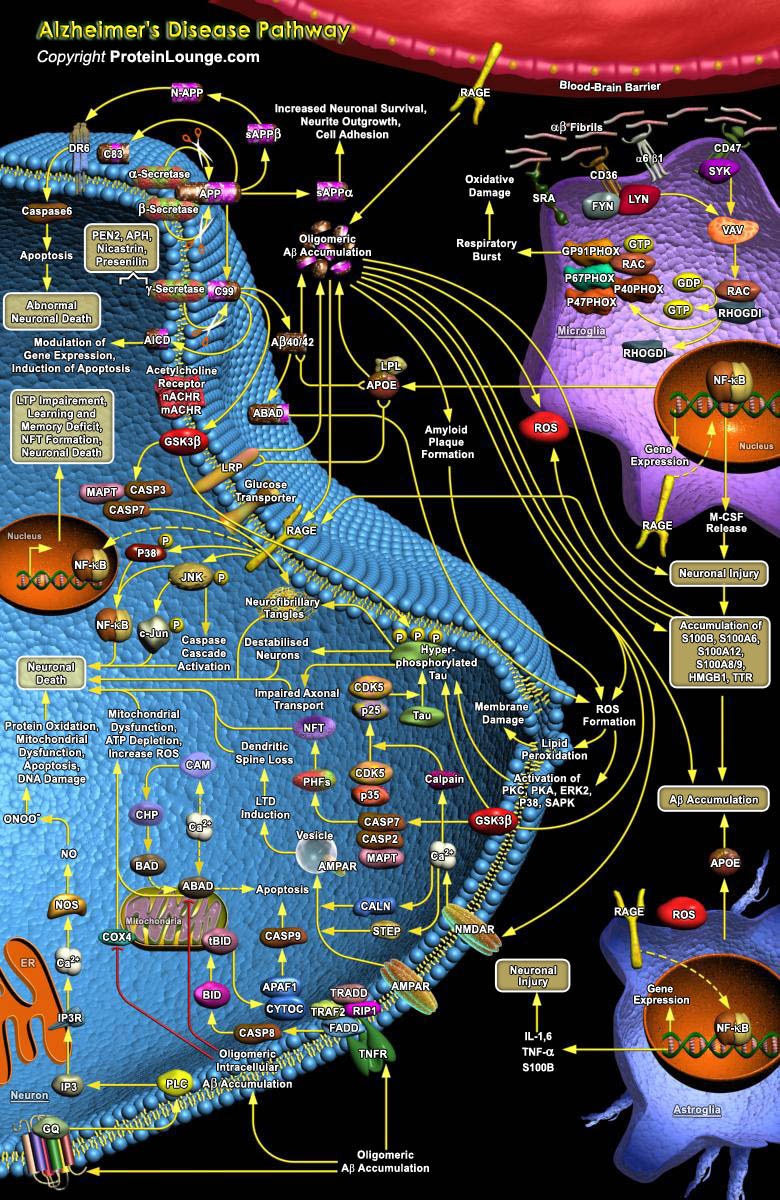
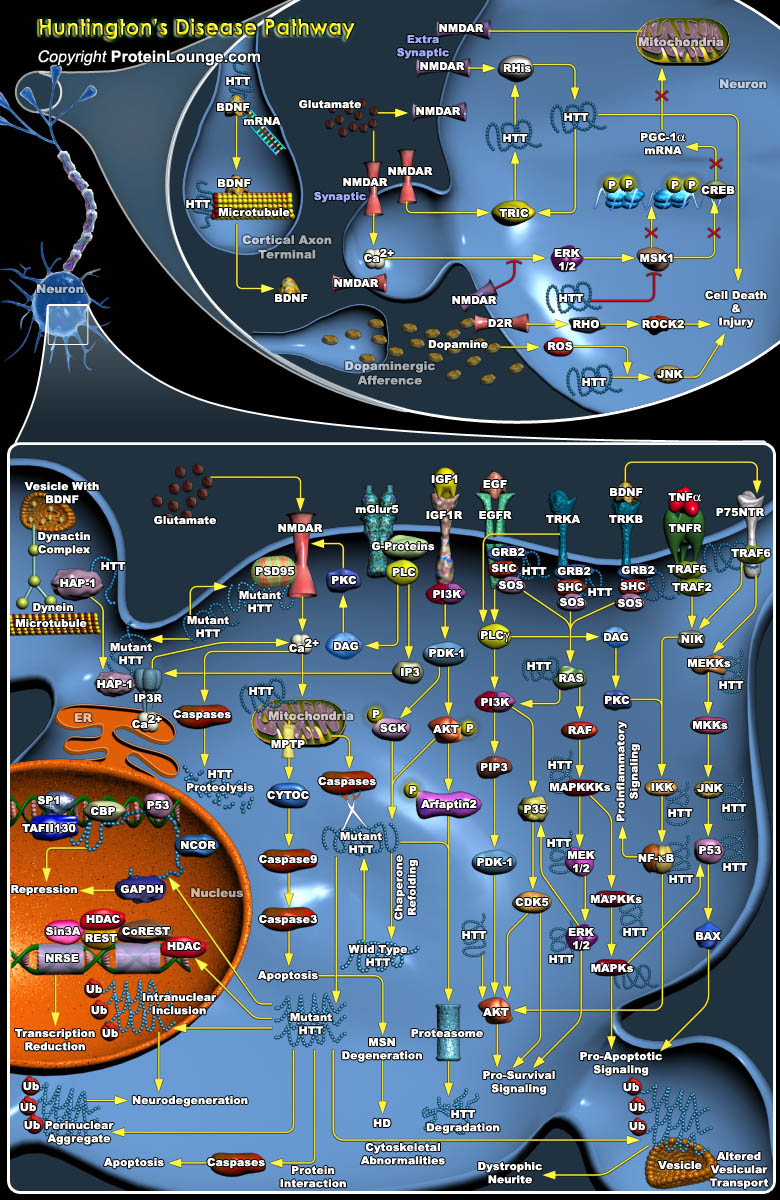
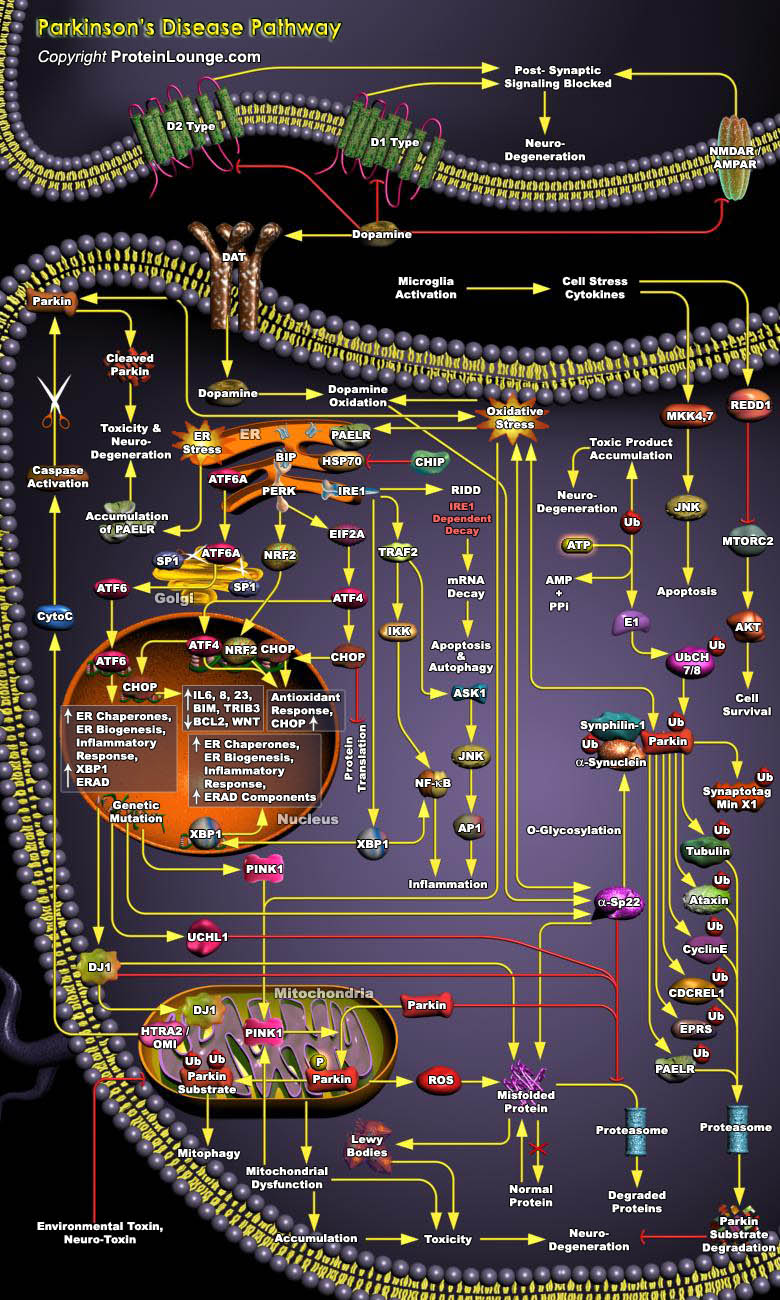
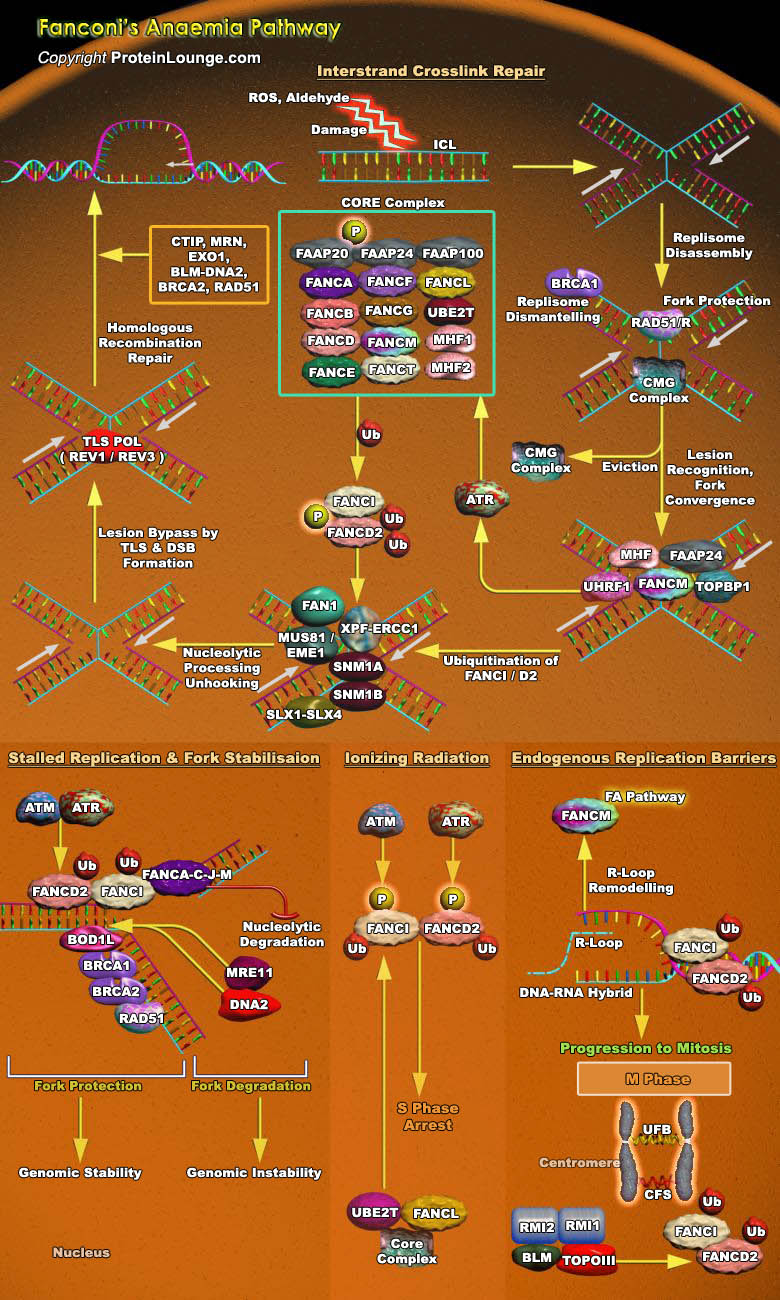
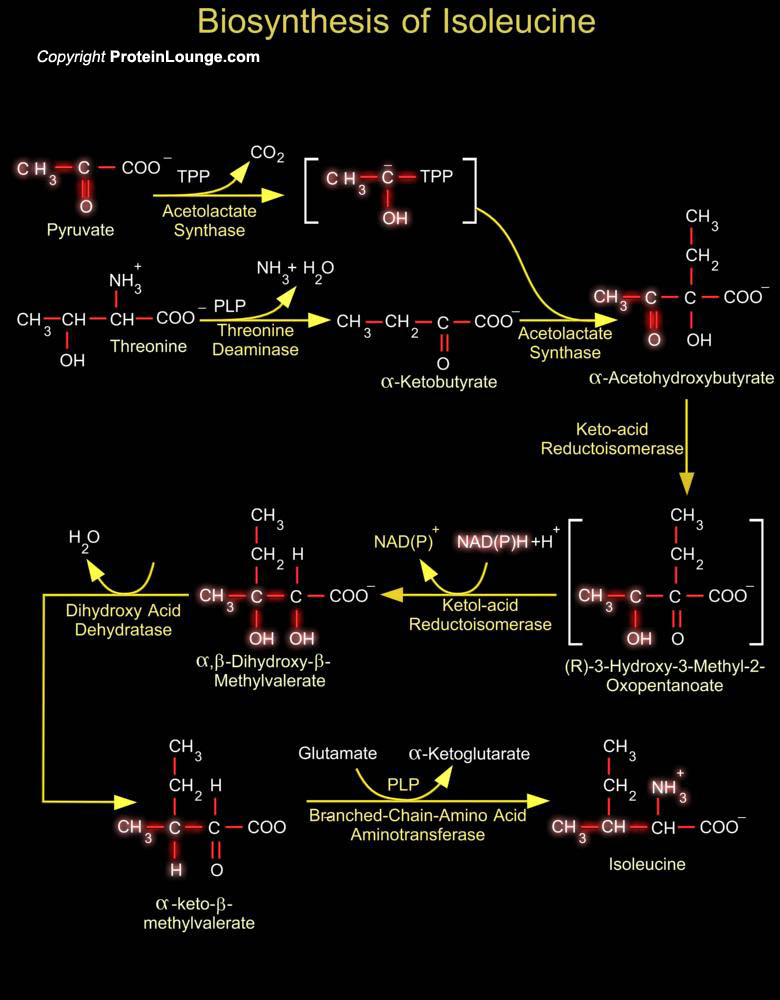
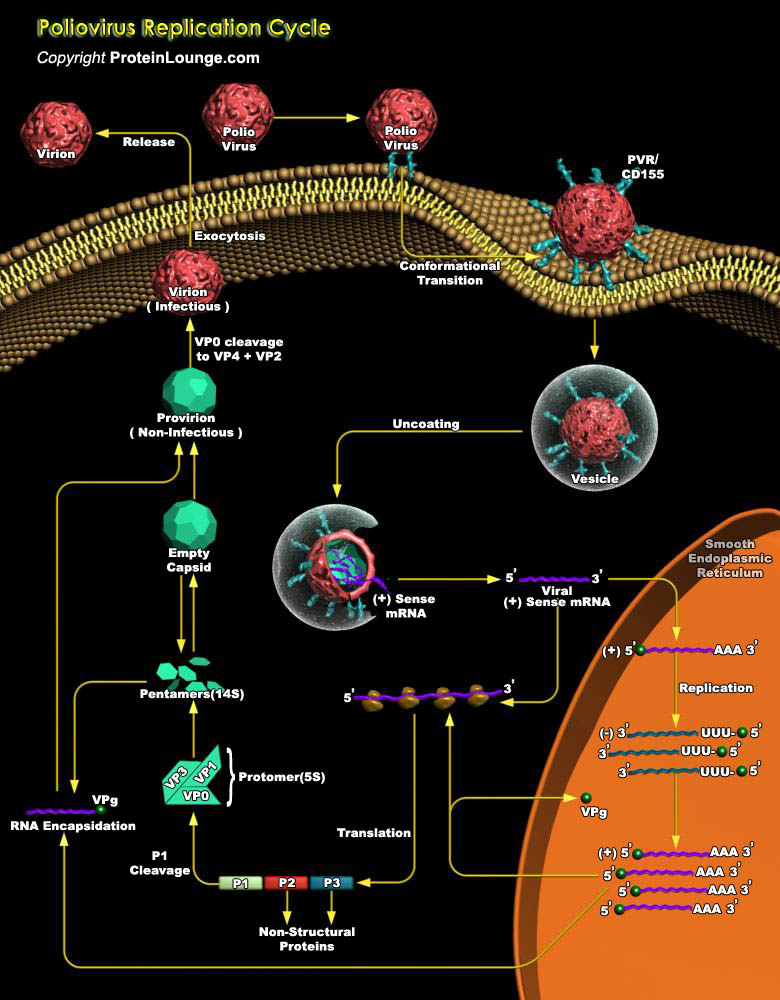
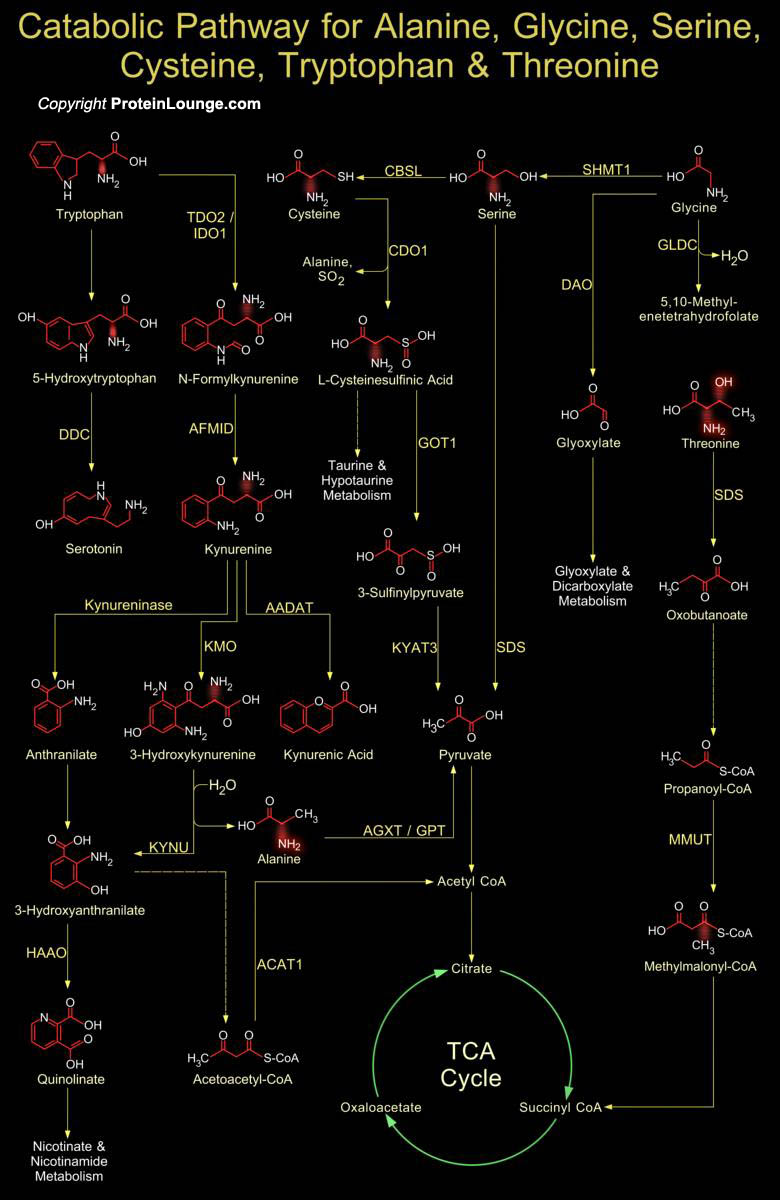
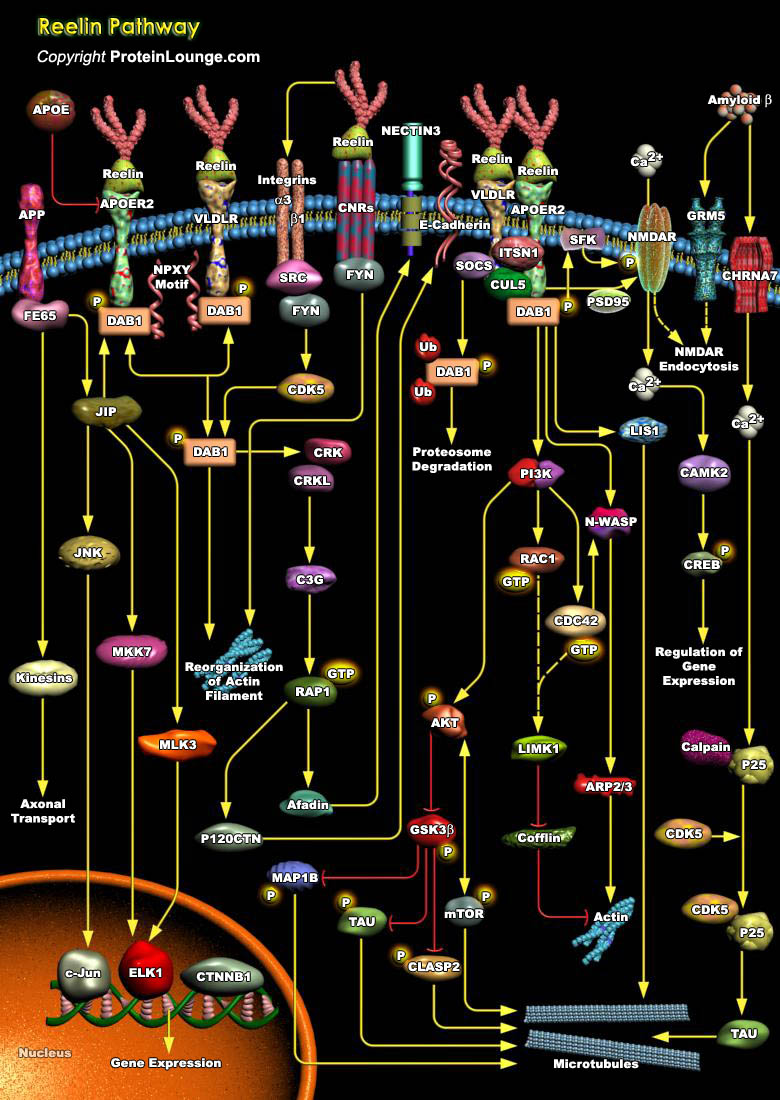
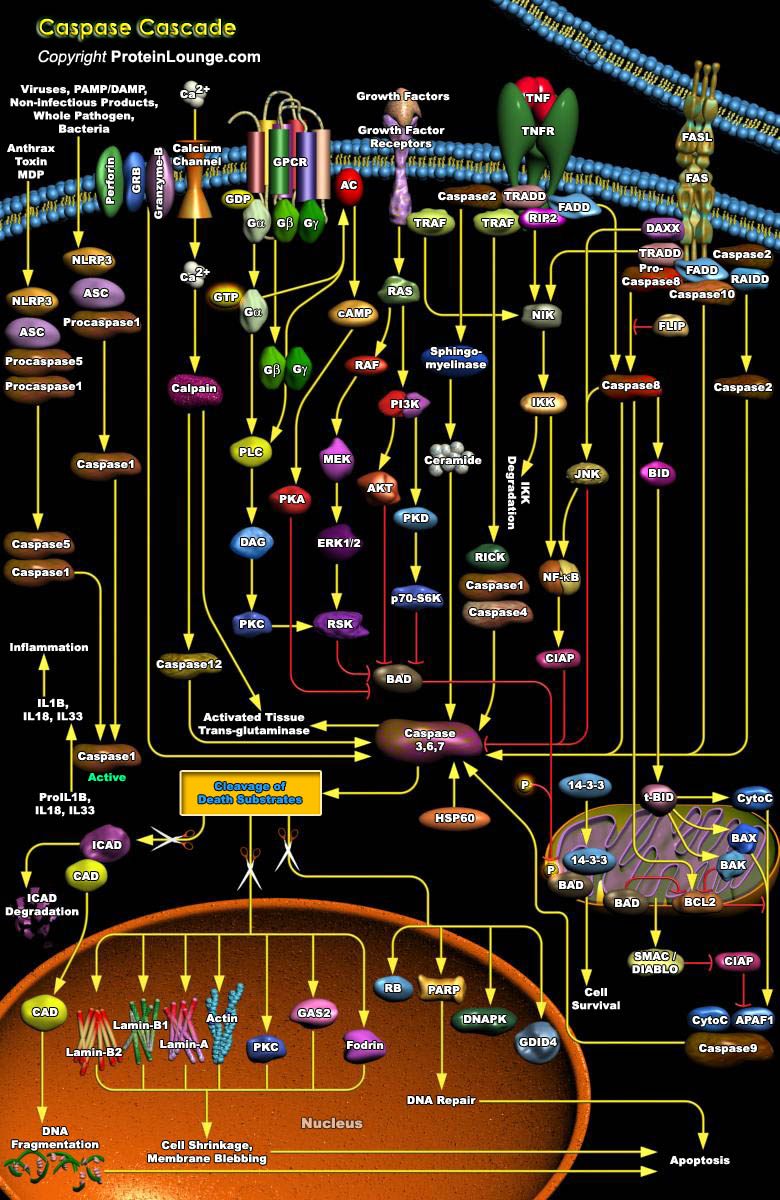
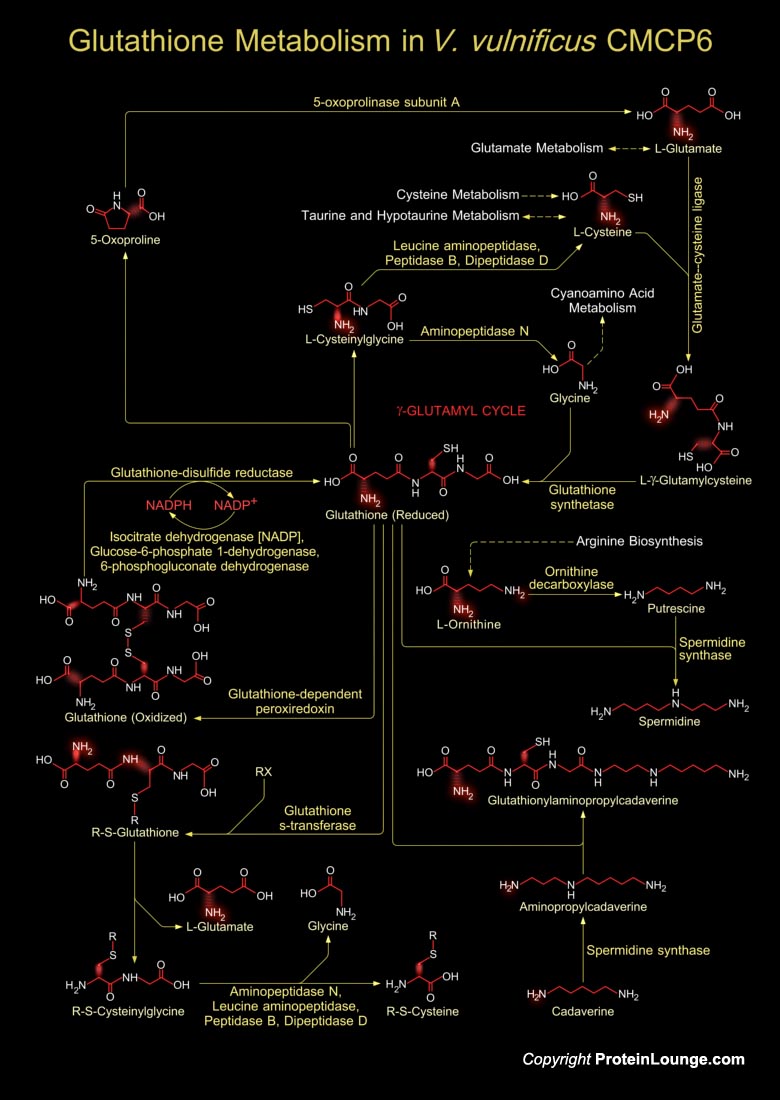
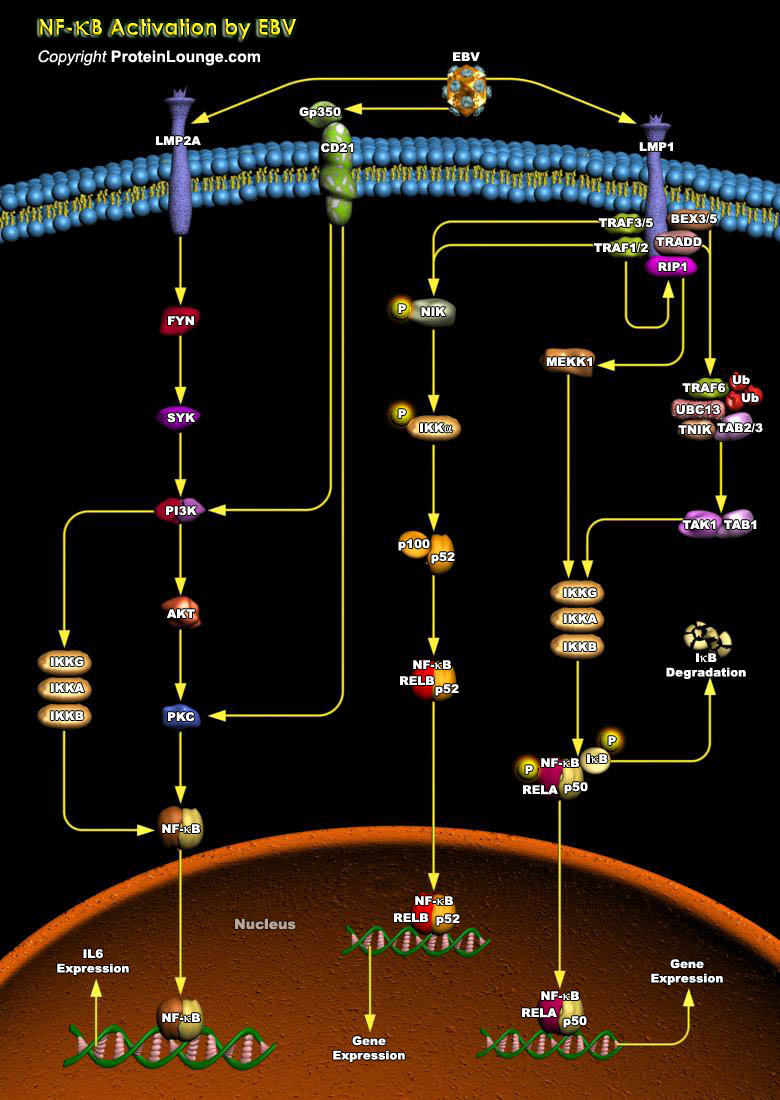
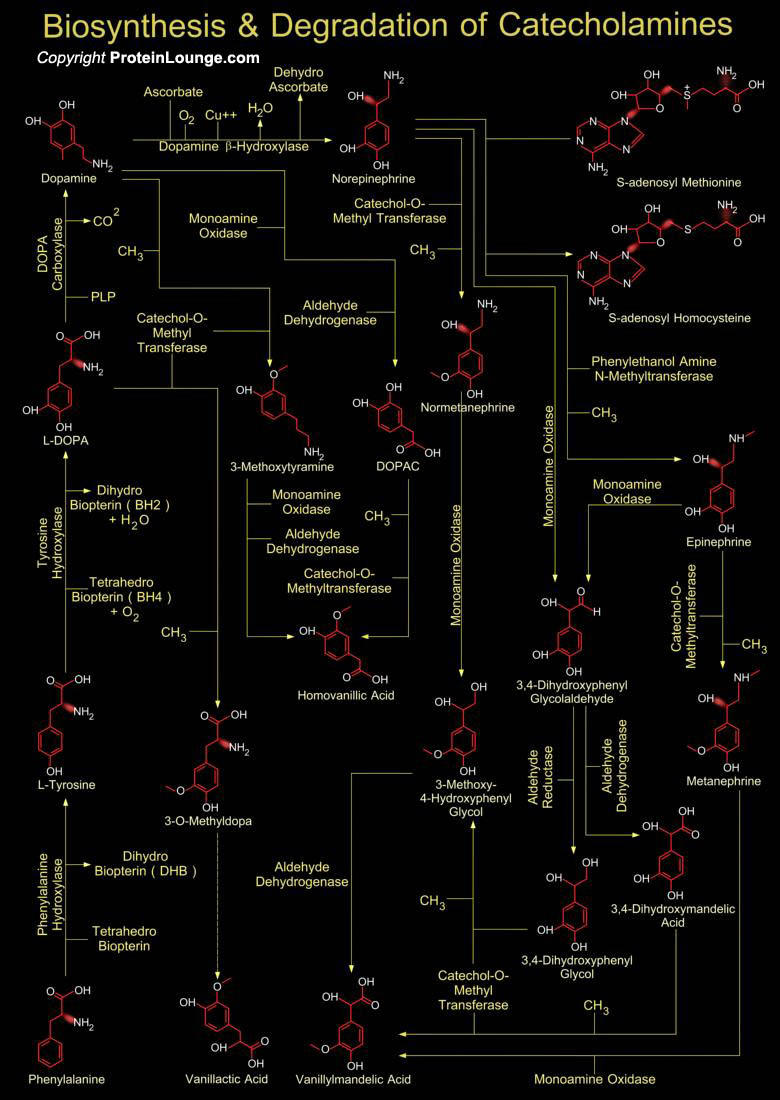
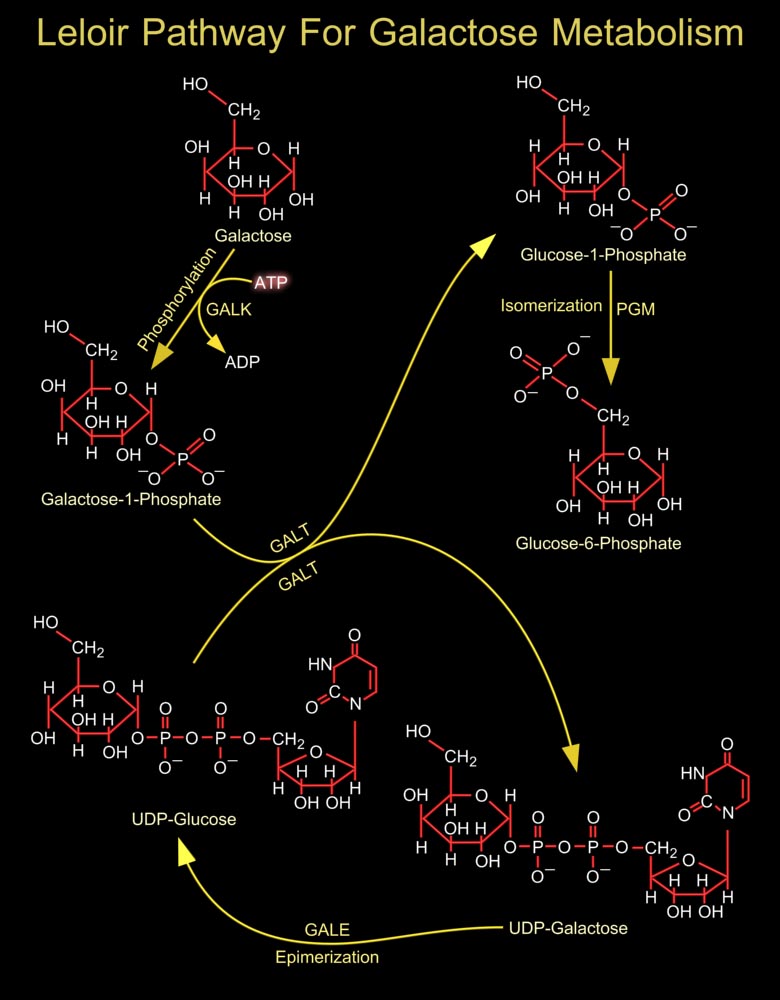
.jpg)
